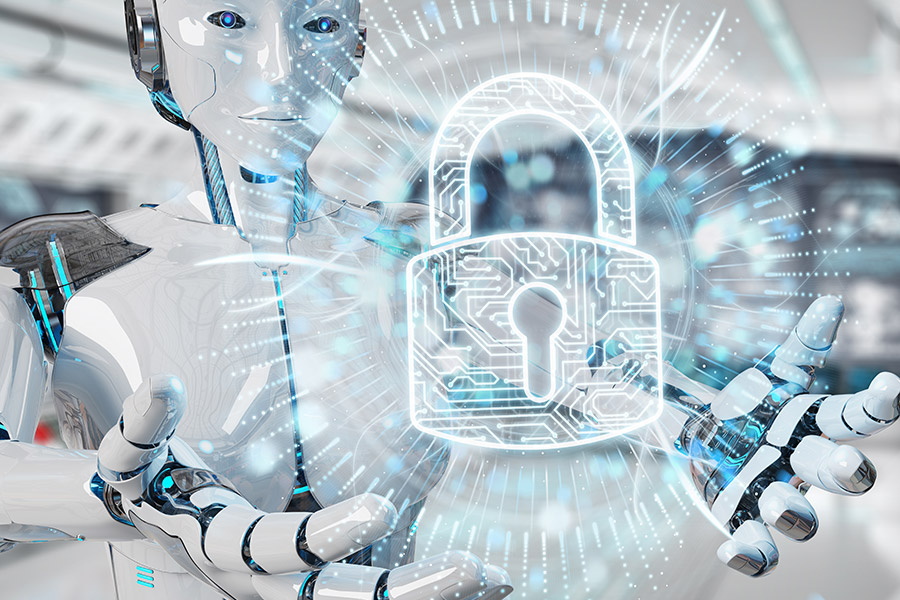
This paper analyses the contours of Fair use and Fair-dealing doctrines to discuss the legality of the process of database creation and machine-learning, which is often criticised to undercut the traditional scope of one’s copyright, given their commercial significance.
Authors
Meenal, A. Swetha, Student from the Class of 2019, B.A. LLB. (Hons.) Programme at Jindal Global Law School, O.P. Jindal Global University, Sonipat, Haryana, India.
Chanda, Sayantan, Student from the Class of 2019, B.A. LLB. (Hons.) Programme at Jindal Global Law School, O.P. Jindal Global University, Sonipat, Haryana, India.
Summary
In 1951, the United States Court of Appeals for the Second Circuit stated that a painter may choose to copyright an inadvertent mark created by them on their canvas due to shock from a clap of thunder.
What started here was a conscious push towards the beginning of a jurisprudence that would not necessarily deny according protection to unconsciously created works, or a part thereof but fifty years hence, this verdict has assumed significance in a subject matter that only existed in one’s imagination at the time of its conception.
Today, Machines inbuilt with artificial intelligence (AI) are made capable of creating works autonomously without any human intervention, limiting the contribution of humans to writing the algorithm that forms the base for the AI. The algorithm is programmed to mine data pertaining to the relevant art, to train the AI to perceive common patterns recurring within.
Ultimately, the AI spews a work that is displayed as “art” to the human eyes. While the scientific and tech community has been applauded for this feat, the method of creation of such AI that inherently requires infringing hundreds of copyrights has been called into question: The process of Machine learning involves unauthorised use of several protected works to enable the neural network study; unlike a human brain that is influenced by its external environment, neural networks mimic this phenomenon of being “influenced” or “inspired” only where the artwork is thoroughly analysed by the algorithm.
But since the machines are inherently incapable of appreciating a work of art like a “romantic reader “, the doctrine of transformative use has been argued to excuse the process, save a few exceptions.
This paper will first discuss the mechanics of emergent works, and analyse the contours of Fair use and Fair-dealing doctrines to discuss the legality of the process of database creation and machine-learning, which is often criticised to undercut the traditional scope of one’s copyright, given their commercial significance.
Published in: Indian Journal of Intellectual Property Law
To read the full article, please click here.


